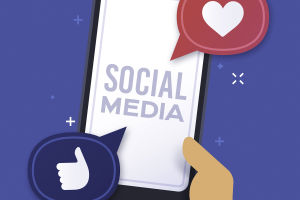Art has the extraordinary ability to heal, inspire, and captivate individuals of all ages. While art therapy is widely recognized as a formal practice.
Engaging in self-directed art can serve as a powerful tool for nurturing creativity, reducing stress, and connecting with personal emotions.
Many people recall their childhood fascination with crafting, painting, or drawing. however, that innate sense of creativity often fades, replaced by self-doubt and the busyness of daily life.
Rediscovering Creativity
For countless people, the idea of creating art may seem daunting. Thoughts such as “not talented enough” or “don’t have the time” frequently arise. However, the reality is that art can be a fulfilling pastime, cherished more for the process than the outcome.
Research indicates that even brief sessions of creative expression can significantly alleviate stress and improve overall well-being. A study published in the Journal of the American Art Therapy Association found that just 45 minutes of engaging in artistic activity reduced stress levels, regardless of one’s prior experience or skill.
Transformative Benefits
One reason art acts as an effective stress relief tool is its capacity for promoting self-care. Life's demands often lead to neglecting personal needs. Dedicating a few moments daily to a hobby can replenish emotional reserves. Plus, the tangible results of creating art—be it a painting, a sketch, or a piece of pottery—provide a sense of accomplishment.
Another aspect of art is its ability to induce a “state of flow.” This psychological phenomenon involves complete immersion in an activity, akin to meditation. When engrossed in creative tasks like writing, gardening, or painting, individuals often experience improved focus and reduced anxiety, allowing them to escape from everyday stresses.
Mindful Distraction
Creating art can serve as a healthy distraction from worries and pressures. When engaged in a creative outlet, it becomes challenging to dwell on problems. If issues persist, they can be woven into artistic creations, offering a fresh perspective. Once the artwork is completed, a clearer mind remains, better equipped to confront lingering challenges.
Sketchbook Revival
A simple yet powerful method for alleviating stress is maintaining a sketchbook. This can function like a personal journal: a space for catharsis and creativity. A dream journal becomes a way to explore subconscious thoughts by sketching the first images recalled upon waking.
Alternatively, drawing emotions can translate feelings that might be difficult to articulate verbally, allowing for deeper emotional exploration.
Gratitude journaling is another fulfilling avenue. Documenting appreciation through sketches can highlight joyful moments and cherished people. The mere act of drawing brings calm and can generate further peace upon revisiting one's creations.
For those hesitant to draw, using coloring books offers a simple way to enjoy artistic expression and relaxation.
Art is a versatile medium that people can utilize to navigate through stress while cultivating self-care and creativity. When feelings of overwhelm surface, engaging in art can provide a valuable retreat into a world of personal expression.
For anyone feeling persistently burdened, consulting with a healthcare provider may present additional strategies for managing stress effectively.


